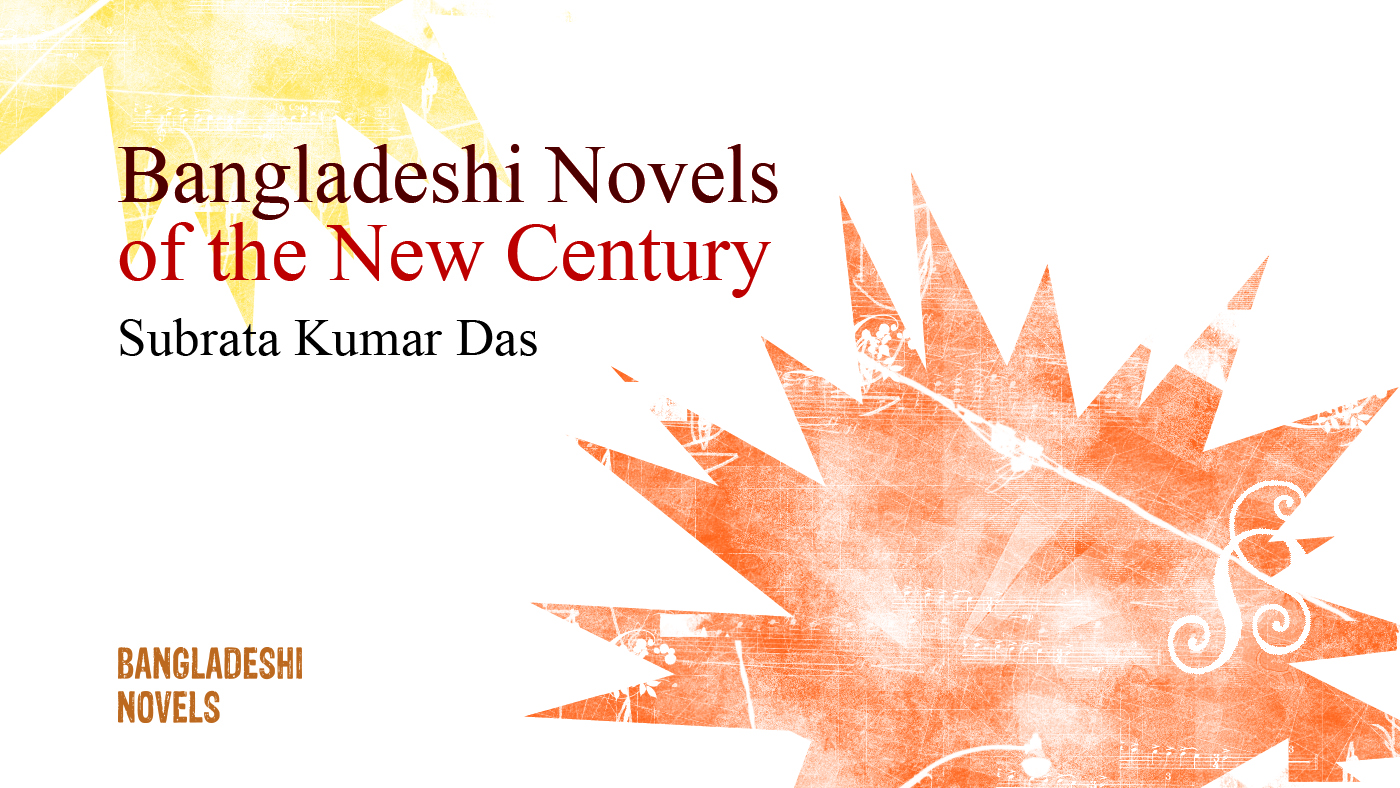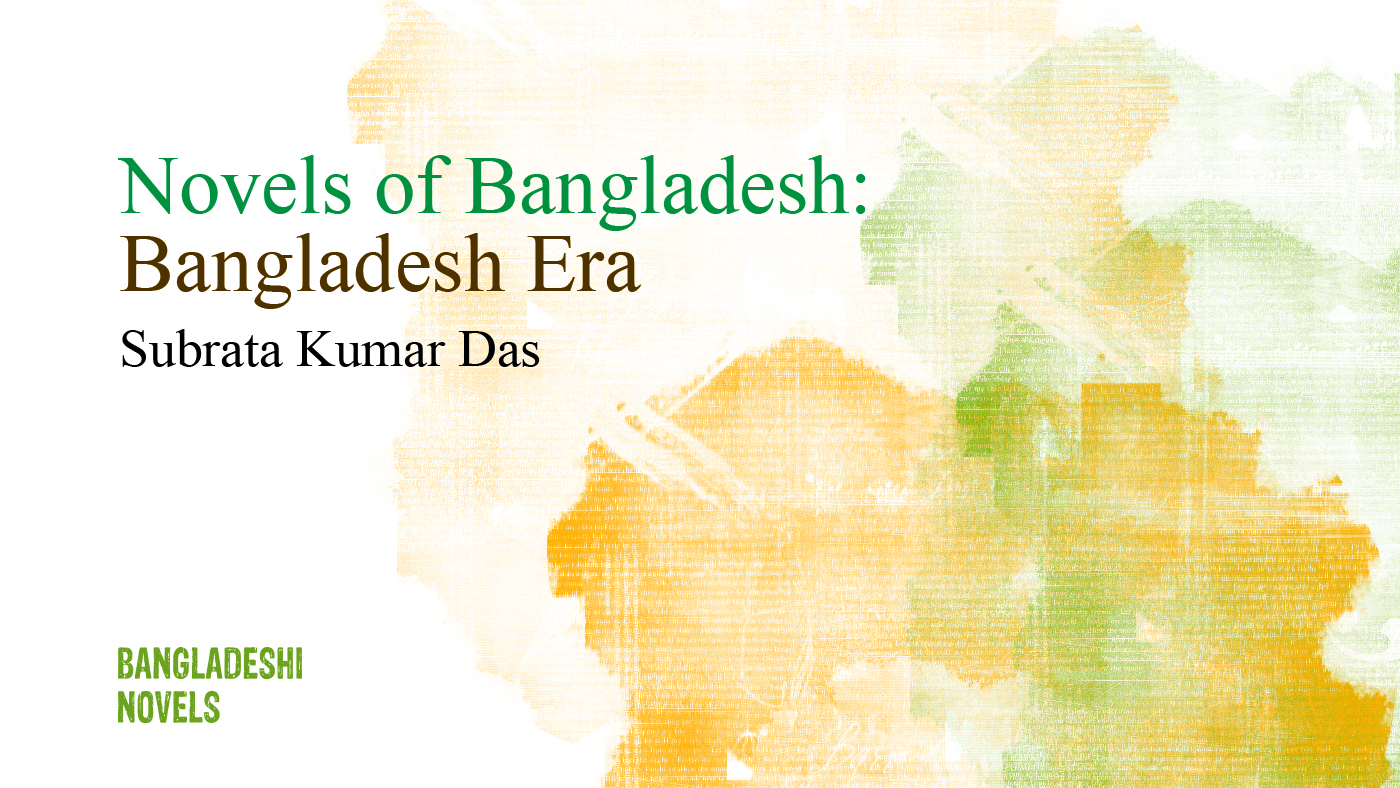
Before 1947 the novelists who tried to enrich the novels of the then East Pakistan i.e. present Bangladesh are Mohammad Najibar Rahman (1860-1923), Kazi Imdadul Huq (1882-1926), Kazi Abdul Wadud (1894-1970), Sheikh Idrish Ali (1895-1945), Akbaruddin (1895-1978), Abul Fazal(1903-1983), Humayun Kabir (1906-1969) et. el. Events like Separation of Bangla (1905), Foundation of Muslim League (1906), and Unification of Bangla (1911) inspired the Muslim community of Dhaka to establish a new identity in the horizon of literature also. Mohammad Najibar Rahman’s above mentioned Anowara (1914) is the first instance where the socio-familial milieu of them was portrayed. This novel moved the whole Bangla Muslim community after the first publication. The novel could not create any novelty from artistic point of view, but it carried great importance for its picturization of socio-economic and political culture and ideals of the uprising populace (Rafiqullah Khan: 25, Translation). Most of the novels of the era centred on Muslim society and belief and orthodoxy. Najibar Rahman’s Premer Somadhi (1919) and Goriber Meye (1923), Sheikh Idris Ali’s Premer Pothe (1926) are a few examples of this trend though Kazi Abdul Wadud’s Nodibakshe (1919) manipulated a different theme. In Nodibakshe for the first time the life of the agrarian Bangali farmers took an artistic delineation.
Then came Kazi Imdadul Huq who sprinkled a new wave. His Abdullah (published in periodicals in 1920 and in book form in 1933) is a ‘bourgeois and humanitarian revolt against devotion to Peers, religious dogmas, purdah-system and disparity between Ashraf and Atraf (Biswajit Ghosh: 134, Translation). Kazi Abdul Wadud and Humayun Kabir extended this attitude (Syed Akram Hussain: 97). Before the appearance of Humayun Kabir’s Nodi O Nari (1952), the original English Novel Rivers and Women got published earlier in 1945) another progressive novelist Abul Fazal declared his distinct viewpoint. Beginning with Chouchir (1927) he afterwards wrote Prodip O Patongo (1940) and Shahoshika (1946) where he exposed human psychological analyses, though not for the first time in Bangla novels, it was a first attempt in novels of Bangladesh at least.
References
- Biswajit Ghosh, ‘Bangladesher Uponyas’, Sahitya Patrika, Vol. 28 No. 01, DhakaUniversity, Dhaka, 1984
- Rafiqullah Khan, Bangladesher Uponyas: Bishay O Shilparup, Bangla Academy, Dhaka, 1997
- Syed Akram Hossain, ‘Bangladesher Uponyas: Chetanaprabaha O Shilpajijnansha’, Prosango Bangla Kathashahitya, Mawla Brothers, Dhaka, 1997
Bibliography
- Bangla Academy Charitabhidhan, Bangla Academy,Dhaka, Second Enlarged Edition, 1997
- Bangla Academy Lekhask Abhidhan, Bangla Academy, Dhaka, 1998
- Bangla Uponyase Chitrita Jiban O Somaj, Sudhamoy Das, Dhaka, 1995
- Purba O Pashchim Banglar Uponyas, Shahida Akter,Bangla Academy, Dhaka, 1992
- Bangladesher Uponyase Char Dosok, Kalyan Mirbar,Kolkata, 1992
- Amader Uponayse Bisoy Chetona : Bivagottor Kal,Muhammad Idris Ali, Bangla Academy, Dhaka, 1988
- Bangladesher Koyekjon Ouponyashik, Subrata Kumar Das, Suchipatra, 2005
- Bangla Kotha Sahitya: Jadubastobata ebong Onyanyo, Subrata Kumar Das, Oitijjyo, 2002.







